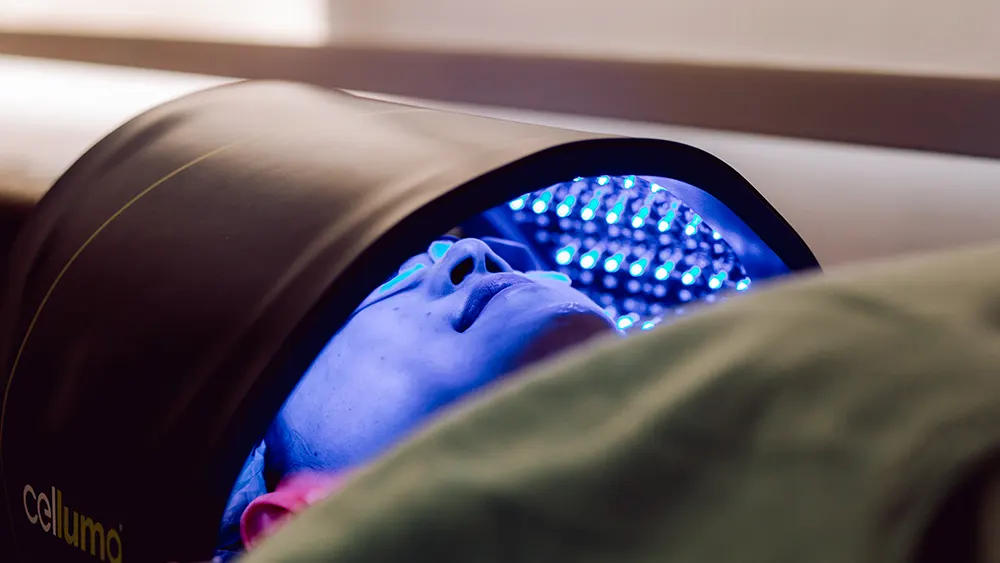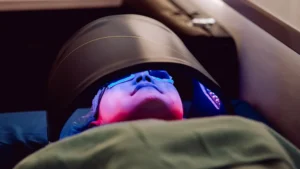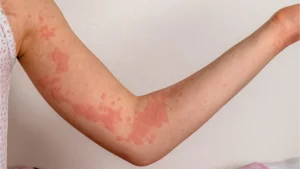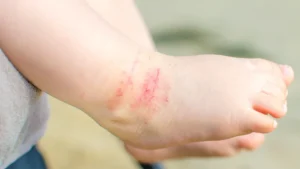Acne
Acne is a common disease, affecting up to 80% of the population at some point in their lives. The main cause is the clogging of hair follicles and sebaceous glands, followed by inflammation.
Acne can be found in all age groups, but it most commonly occurs during adolescence. It is considered a chronic skin disease, often lasting for more than 3 years.
Severity of Facial Acne It can be divided into 4 levels:
Level 1: Comedonal Acne
Level 2: Mild Inflammatory Acne
Level 3: Moderate to Severe Inflammatory Acne
Level 4: Nodulocystic Acne
Primary Factors Causing Acne
- Male hormones (Androgens)
- Bacteria (Cutibacterium acnes) Cutibacterium acnes
- Clogging of hair follicles and sebaceous glands
- The body's inflammatory reaction to bacteria
Contributing Factors That Can Worsen Acne
- Genetics
- Excess weight / Obesity
- Diet, such as skim milk, foods high in carbohydrates and sugar, chocolate, etc.
- Other factors, such as cosmetics use and insufficient sleep.
Self-Care for Acne
- Do not pick or squeeze pimples, as this can worsen inflammation.
- Wash your face twice a day with a cleanser suitable for your skin type. Avoid washing too frequently, as this can stimulate more oil production and worsen acne.
- Choose non-comedogenic products.
- Get enough sleep.
- Be mindful of your diet. Avoid foods like skim milk and those high in sugar.
Acne Treatment
The main goal is to reduce the number of pimples or clear them completely. Treatment depends on the severity of the acne.
- Topical Medications
- Oral Medications
- Acne Light Therapy
Complications of Acne
- Red marks (Post-Inflammatory Erythema) and dark spots (Post-Inflammatory Hyperpigmentation) that occur after inflammatory acne.
- Acne Scars (pitted or atrophic scars)
Summary
Acne is a chronic disease that often begins in adolescence. Treatment depends on its severity. The key to successful treatment is adherence to the medication plan prescribed by the doctor. Once the acne has cleared, maintenance therapy should be used to prevent new breakouts.





